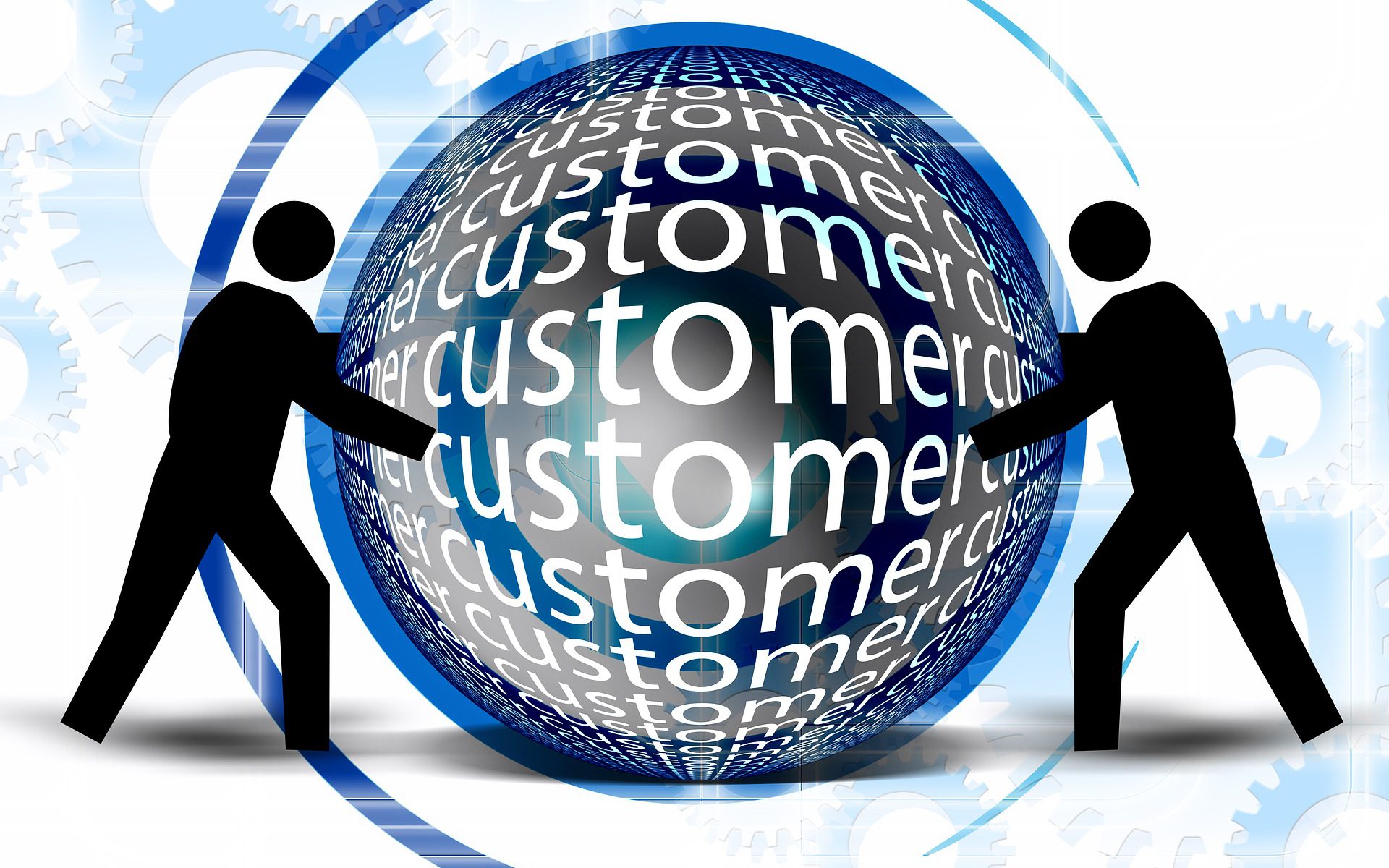Sales funnel is a marketing tool designed to convert leads into buying customers in a systematic way which involves several stages. The concept of a ‘funnel’ is based on the fact that for every sequential stage in the sales process some percentage of leads get through while others are lost or stay behind.
For businesses, it is reliable indicator of marketing success, or failure. It tells them exactly which part of the sales process is connecting with the audience and which part isn’t
Identifying Problems in the Sales Funnel
A sales funnel can make or break a company. It’s imperative you analysis each part of the funnel to see what is working and what isn’t.
If part of your sales is a landing page that doesn’t convert, then you need to analysis what isn’t working. It could be that the lead acquisition is too generic, or maybe 50% of all the visitors leave without even looking or clicking on your sign up button.
Low click-through rates against a high number of visits on a landing page, could also be a sign. Something isn’t “speaking” to your customers.
The first step is to identify which part of your sales funnel people are dropping off or not responding to.
Read: What Sales Experts Do to Keep Their Sales Pipeline Up and Running
Fixing the Problem with Lead Acquisition
Marketers use inbound and outbound marketing approach to get people to their site. Some examples include landing pages, surveys, and opt-in subscription to newsletters or free content.
Traditional outbound marketing use advertising such as Google AdWords to generate leads. However, this method doesn’t always guarantee a high volume of qualified leads as this can be exploited for financial gain.
Other companies create a buyer persona to guide them at this stage because it helps generate more responses using the concept of an ‘ideal customer.’
The most common problem at this stage has to do with high bounce rate and getting a high number of low-quality leads. Online analytics tools such as Google Analytics reveal how many visits a page has vs. the percentage of those who have taken action.
Experimenting with the client acquisition tool might help solve the problem. A/B testing or split testing, for instance, can help you pinpoint which specific feature or element in your client acquisition tool has the greatest impact in getting more response from your target audience.
Studies have shown that even slight changes in page layout, content, or CTA can influence viewer perception and user experience.
Landing pages should also address specific ‘pain points’ or areas of interests instead of being vague or too generic. Unique value proposition’ (UVP) or ‘unique selling proposition’ (USP) helps create a distinction between you and your competitors, and makes your business stand out.
Fixing the Problem with Lead Nurturing
Nurturing leads is just as important as the initial stage of acquiring them. Unfortunately, this is where most sales funnels start to atrophy and experience massive loss of volume.
This can be attributed to an inefficient email marketing strategy or not being able to follow up with potential customers in a timely manner.
Setting up an email automation can help simplify the task for you. However, to be effective, you need to segment your prospects to stay relevant with them and not sound too generic.
Fixing the Problem with Lead Conversion
Converting leads into buying customers shouldn’t be too difficult if you didn’t have any issue with the acquisition and nurturing stage.
Problems arise when a company tries to fast-track its conversions by skipping other processes. This is usually the case with most traditional outbound marketing which attempts to speed up the sales cycle by hard-selling their leads and prospects.
Companies should be able to provide potential customers with alternatives when making buying decisions. Upselling and cross-selling are among the best and effective ways to seal any gaps in your sales conversions.
Call to action words and phrases (CTA) can also influence the way customers respond to an offer or invitation.
Unlock the Power of CRM for Your Small Business
Being able to monitor your sales funnel and fix the gap between customer acquisition and lead conversion is what elevates your company from all the rest.
Small Business Dream is built around this concept of sales funnel, which involves customer acquisition, maintaining customer relationship, and driving sales. It’s a sales and marketing tool aimed at helping small business owners like you. We’ll be looking forward growing business with you.





